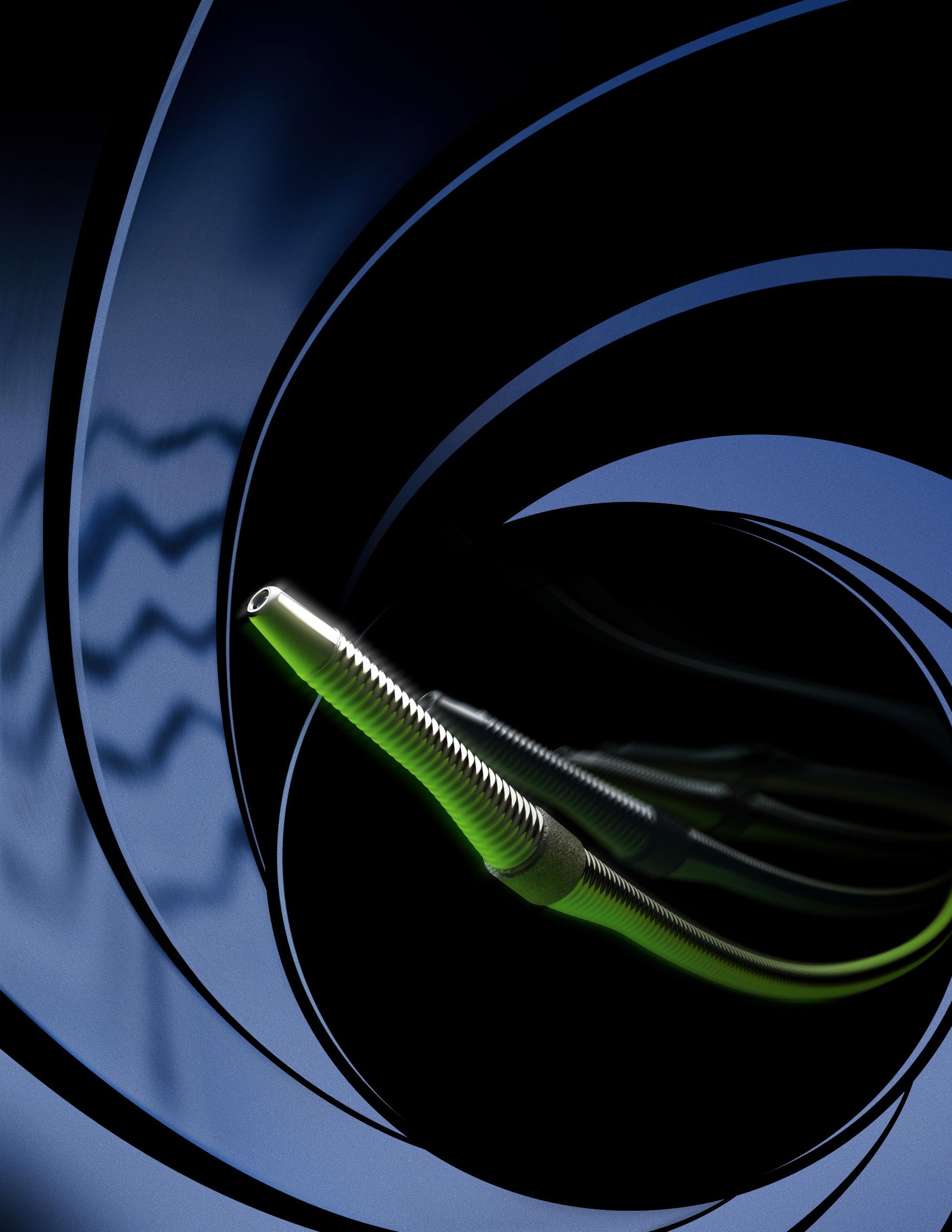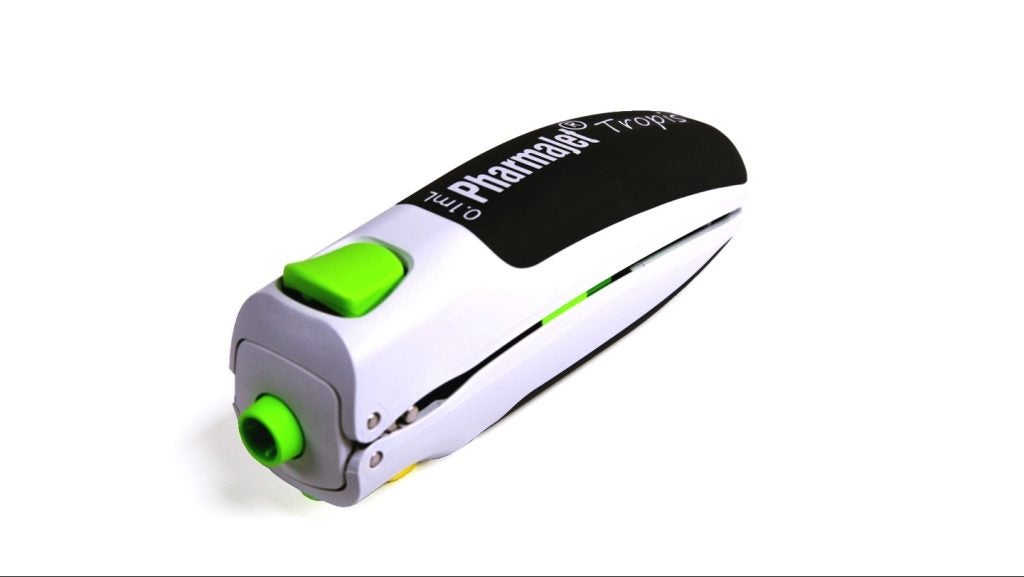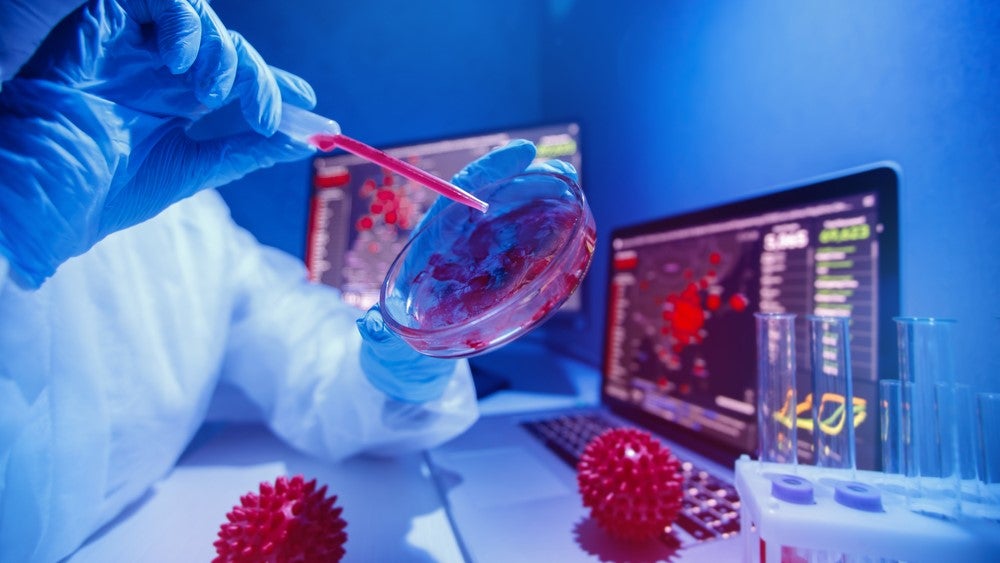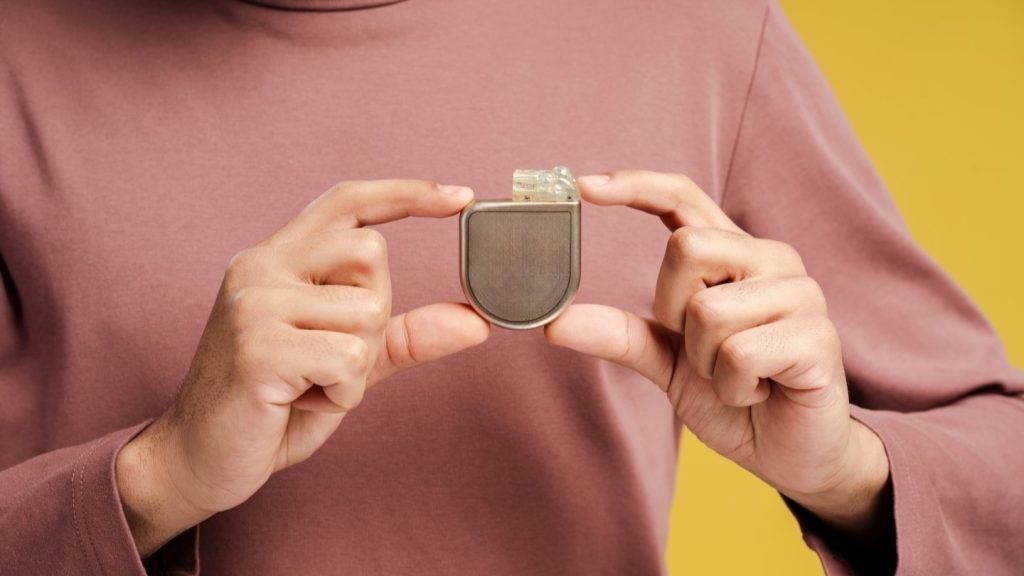
US-based Cardiovascular Systems has received pre-market approval (PMA) from the US Food and Drug Administration (FDA) to market its Diamondback 360 coronary orbital atherectomy system (OAS), designed to treat severely calcified coronary arteries.
The system is electronically driven by a 1.25mm diamond-coated crown that safely eliminates calcium deposits from coronary blood vessels.
It ultimately helps enable successful stent deployment, which facilitates more favourable patient outcomes.
Diamondback 360 Coronary OAS is reportedly the first new coronary atherectomy system to receive the FDA approval in two decades.
Cardiovascular Systems president and CEO David L Martin said it was a milestone for patients suffering from calcified coronary artery disease.
“FDA approval of our Diamondback 360 Coronary OAS allows us to bring to market the first new coronary atherectomy system in more than two decades,” Martin said.
How well do you really know your competitors?
Access the most comprehensive Company Profiles on the market, powered by GlobalData. Save hours of research. Gain competitive edge.

Thank you!
Your download email will arrive shortly
Not ready to buy yet? Download a free sample
We are confident about the unique quality of our Company Profiles. However, we want you to make the most beneficial decision for your business, so we offer a free sample that you can download by submitting the below form
By GlobalDataDiamondback 360 has been FDA-cleared to treat calcified plaque in arterial vessels throughout the leg and heart since 2007, and now this approval opens up a large, unmet US market opportunity for the company.
The company also estimates the US market opportunity for the device to exceed $1.5bn annually.
FDA approval was based on results of the ORBIT II study, a prospective, single-arm, multi-centre study that evaluated the safety and efficacy of the OAS system in patients with severely calcified coronary lesions.
According to the company, it is the first study that played a vital role in obtaining the FDA clearance for treating these lesions.
During CSI’s ORBIT II clinical trials, the device showed an 89.1% success rate for treating patients with major adverse cardiac events (MACE).
Stents were successfully delivered 97.7% of the time, and 92.8% of patients showed no sign of angiographic complications after 30 days.
Columbia University professor of medicine Dr Gregg Stone said coronary calcium is undertreated in the cardiac cath lab.
“Having a user-friendly device available to effectively treat severe coronary calcium may increase the safety of CAD interventions for this difficult to treat population, while improving long-term patient prognoses,” Dr Stone said.
Cardiovascular Systems is currently planning a phased rollout of the device, targeting the top medical centres over the next few quarters in the US.
In parallel, the company also plans to run post-market studies to enhance the product offerings.
The company hopes to release more details on FDA approval and its launch plans for the Diamondback 360 Coronary OAS during its upcoming fiscal 2014 first-quarter results conference call.
According to GlobalData estimates, the cardiac catheters market in the US was valued at $371m in 2012 and is expected to grow at a CAGR of 0.6% to reach $387m by 2019.
Image: The Diamondback 360 system has secured FDA approval. Photo: courtesy of Cardiovascular Systems, Inc.







